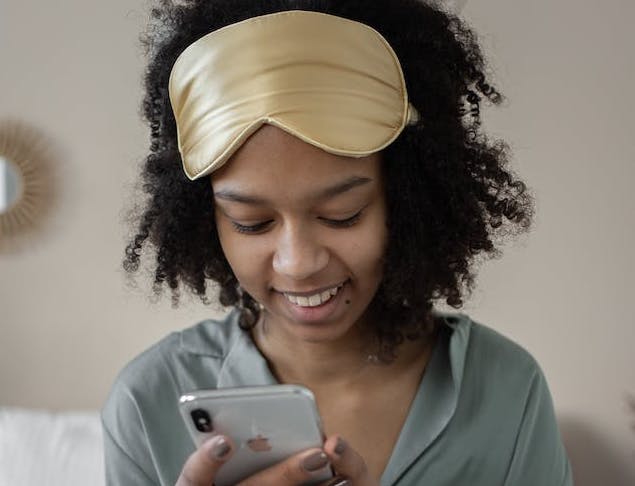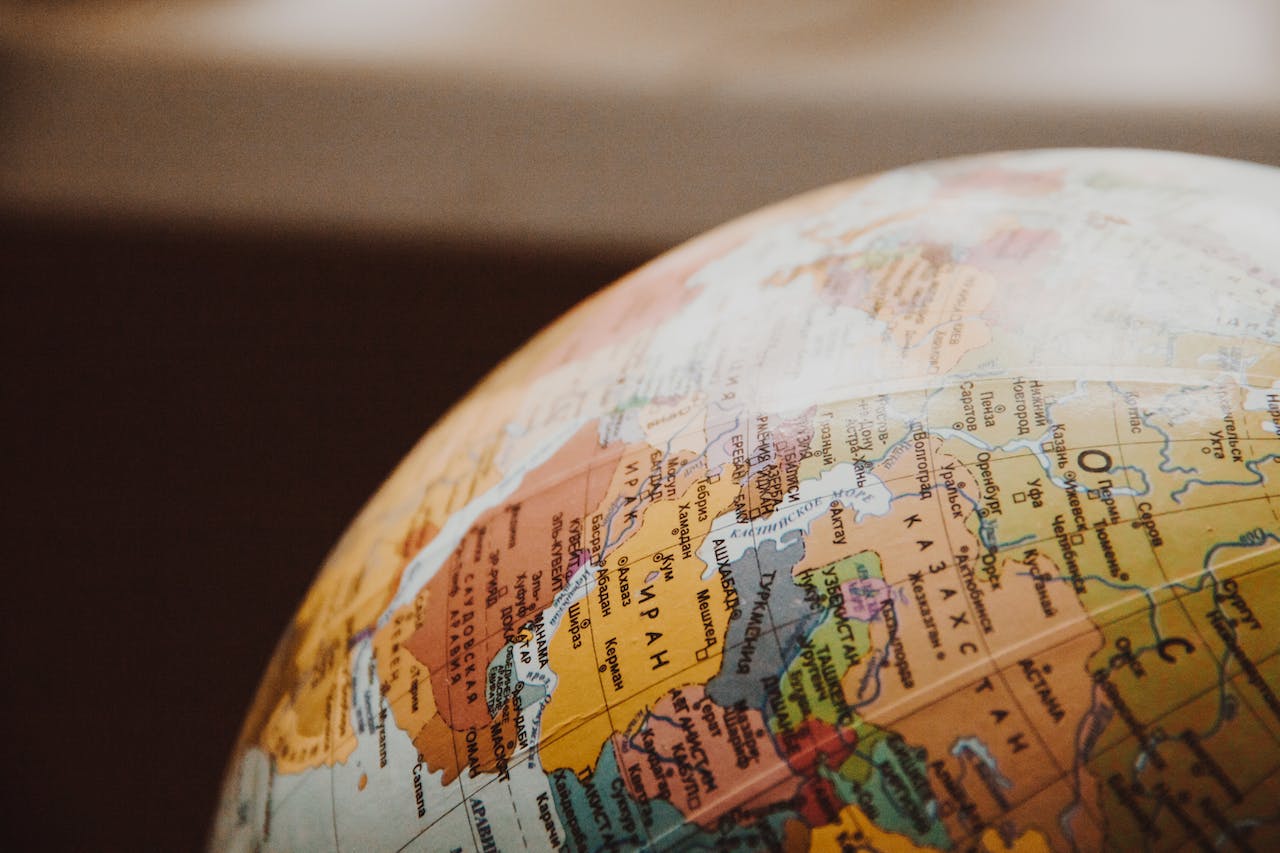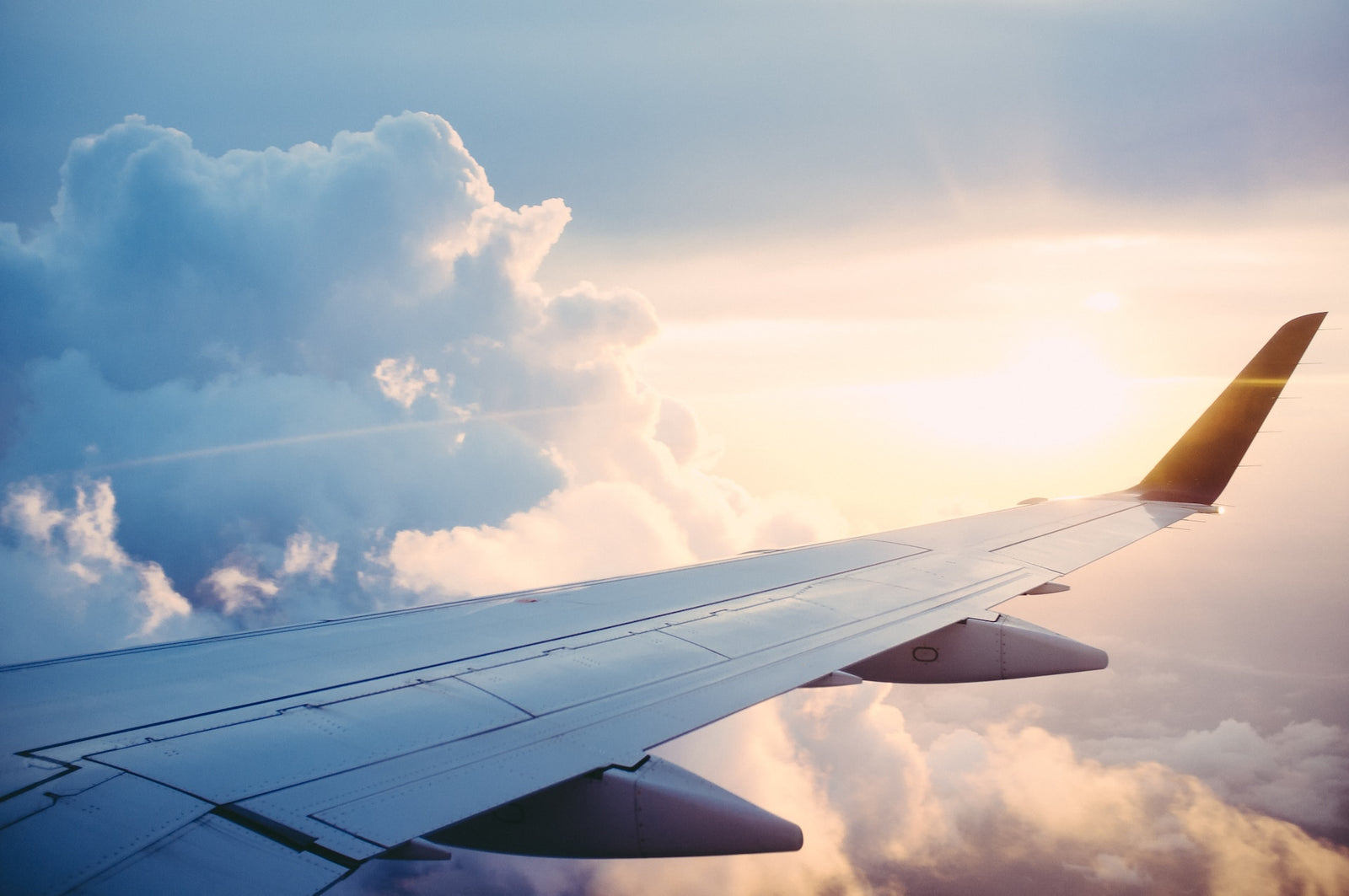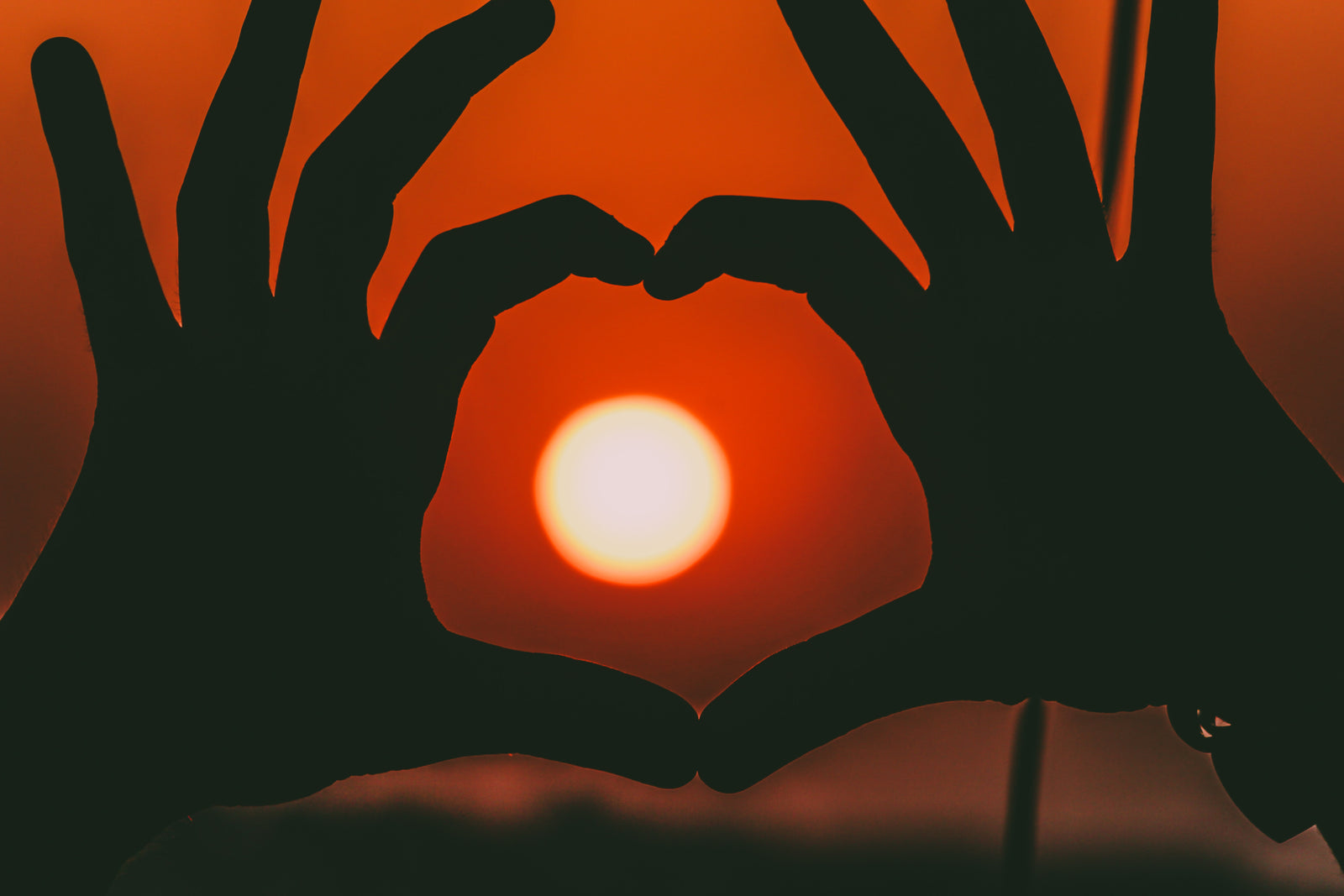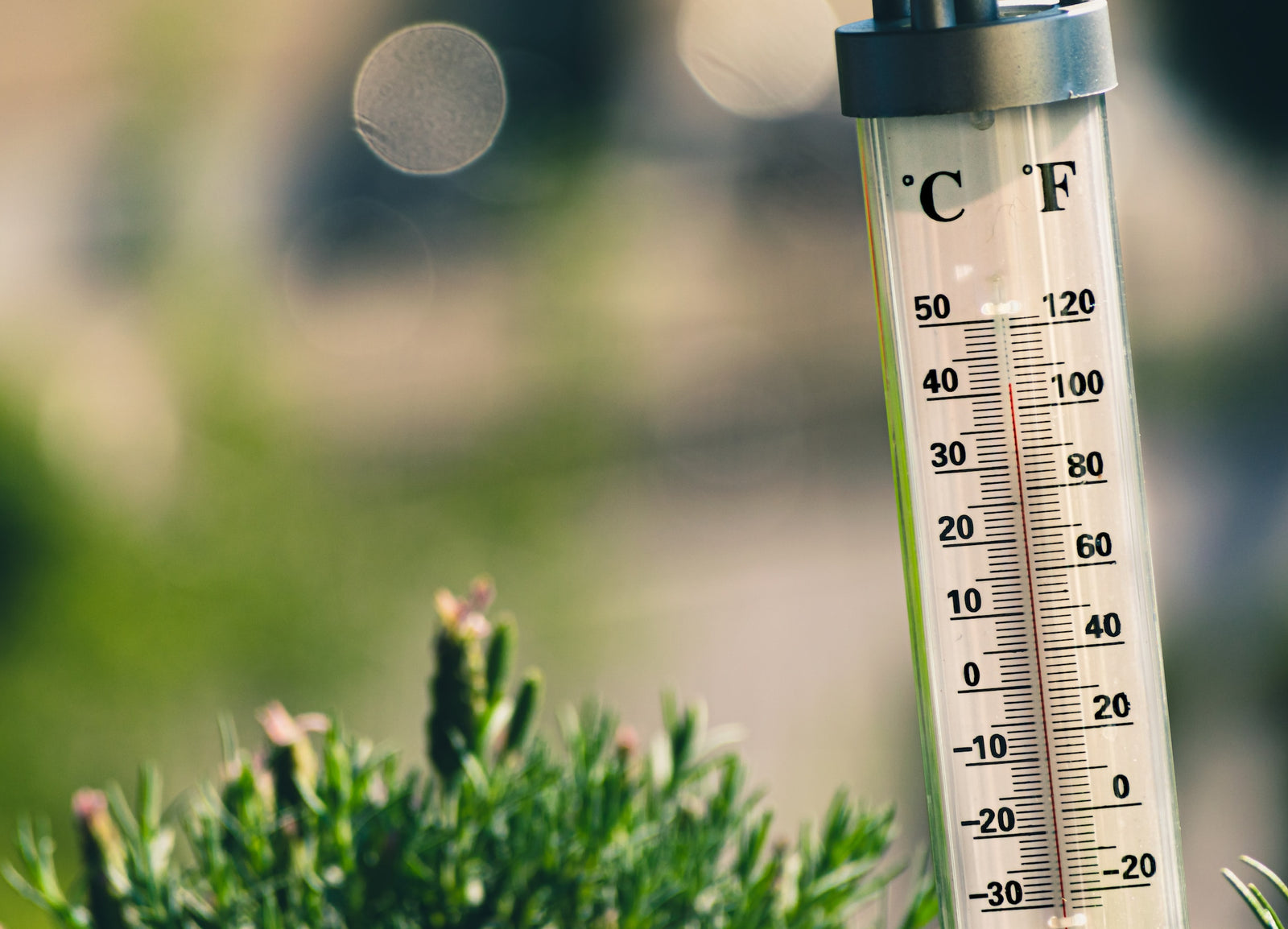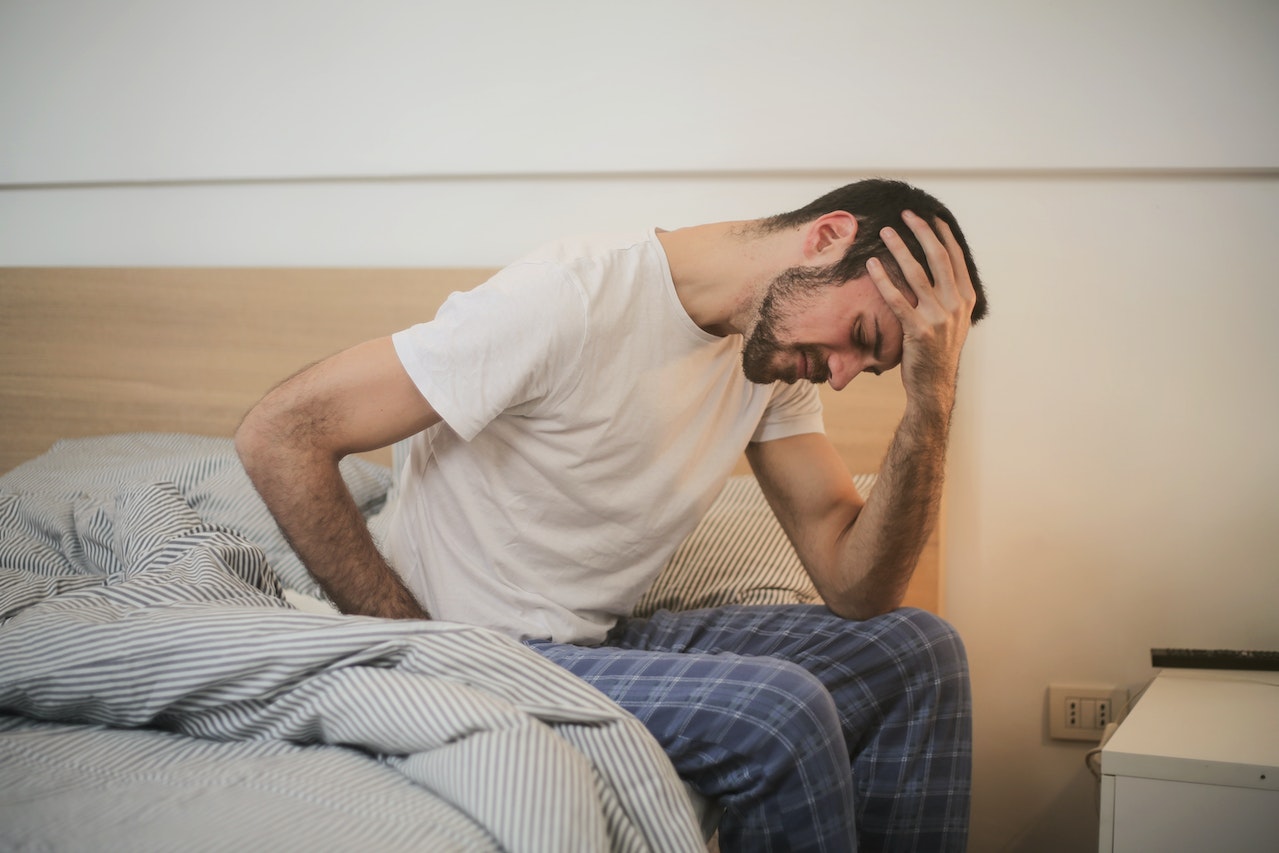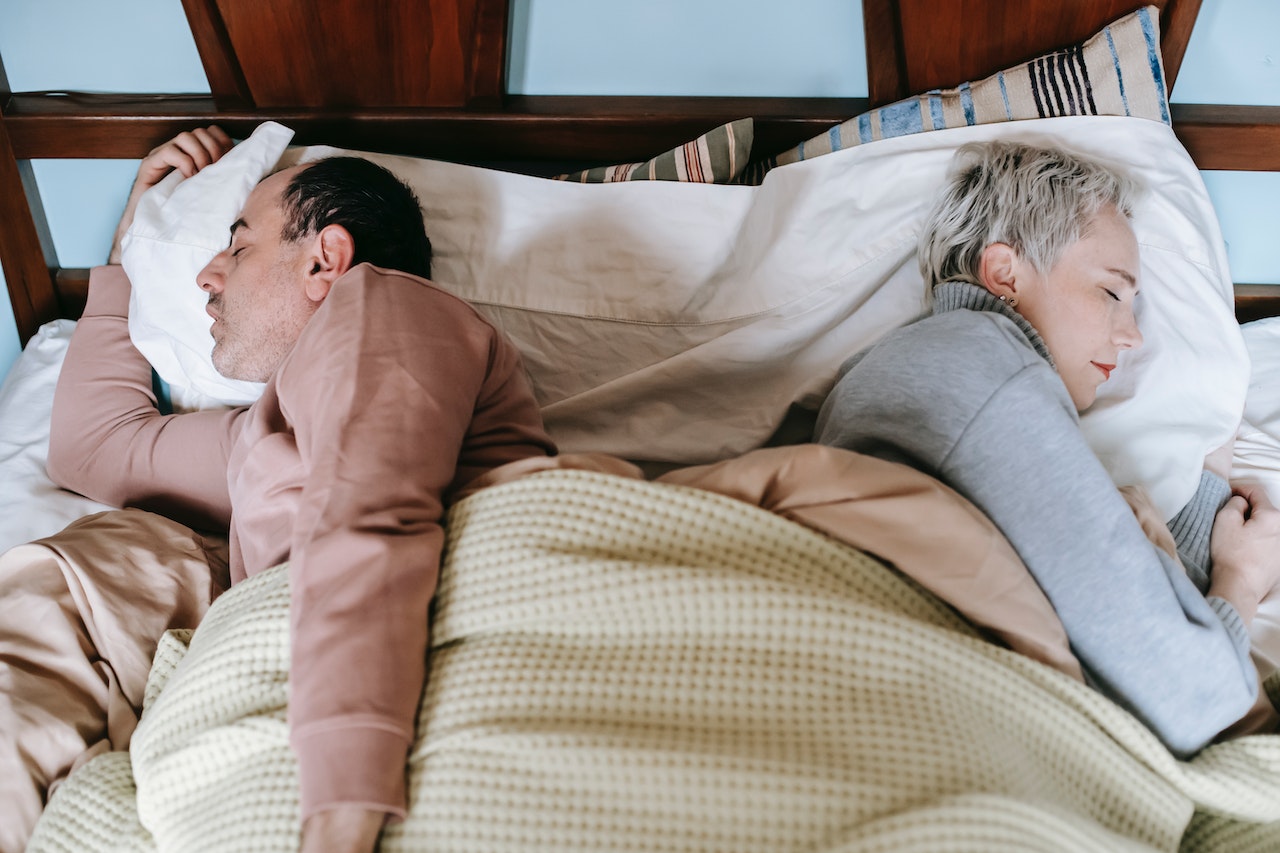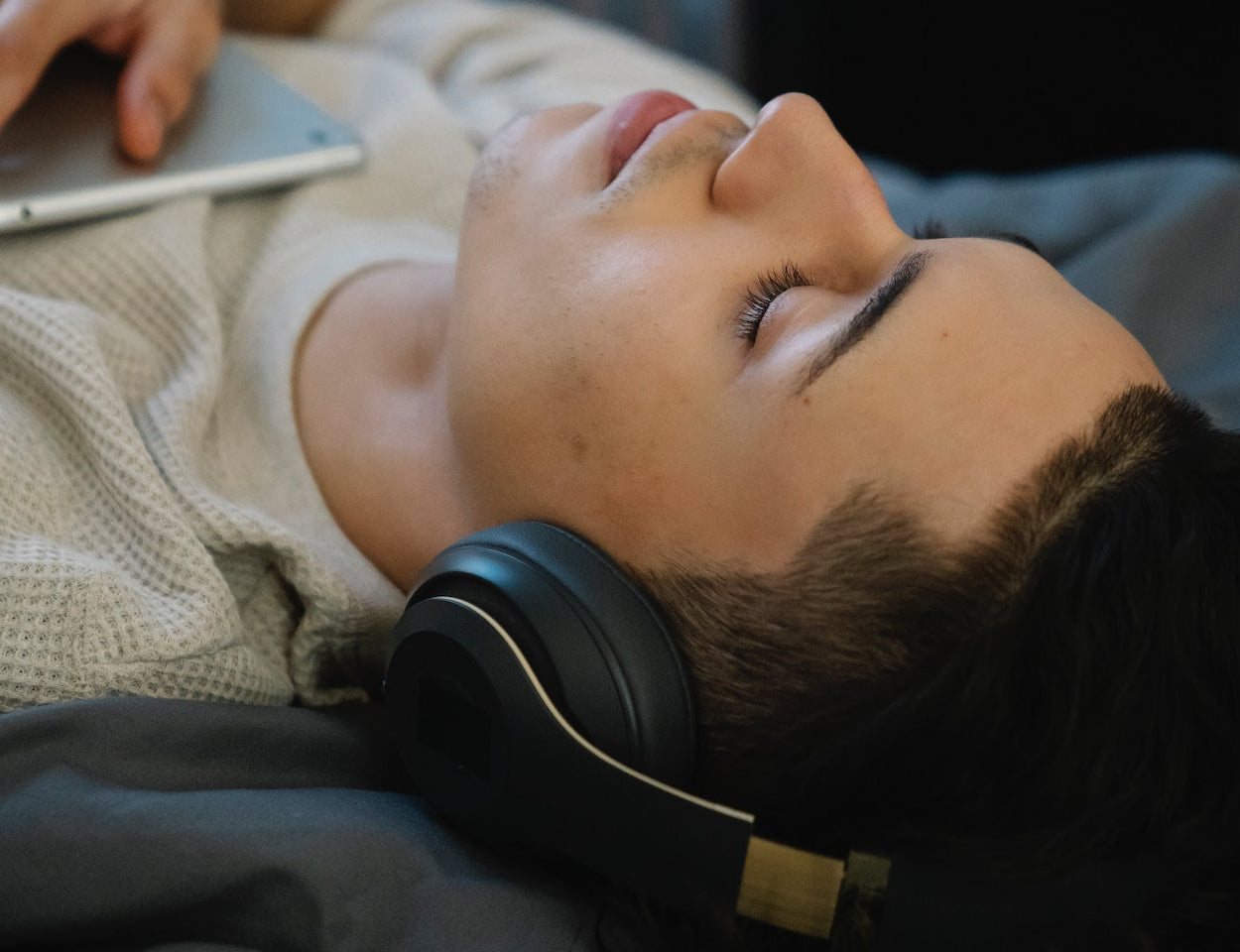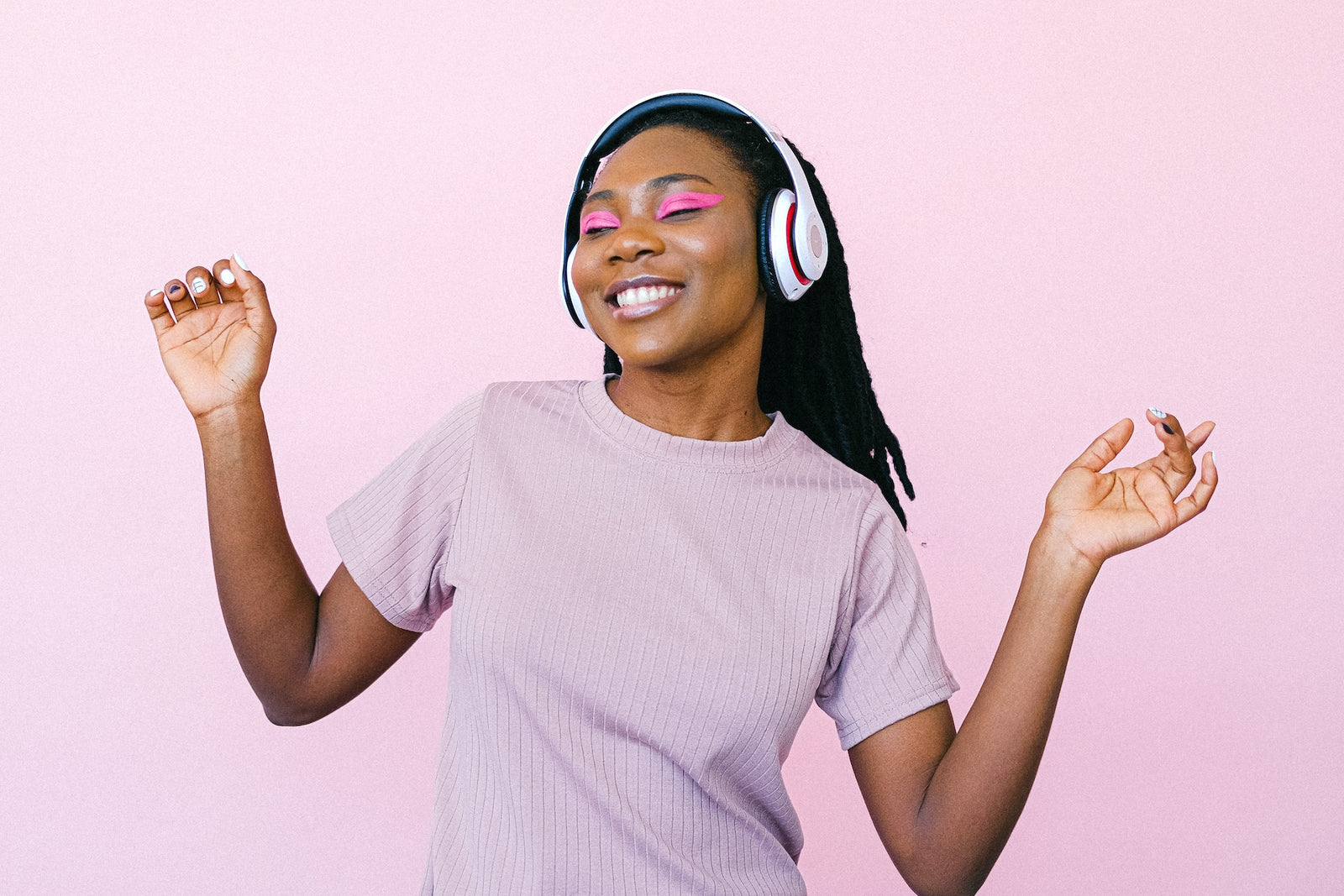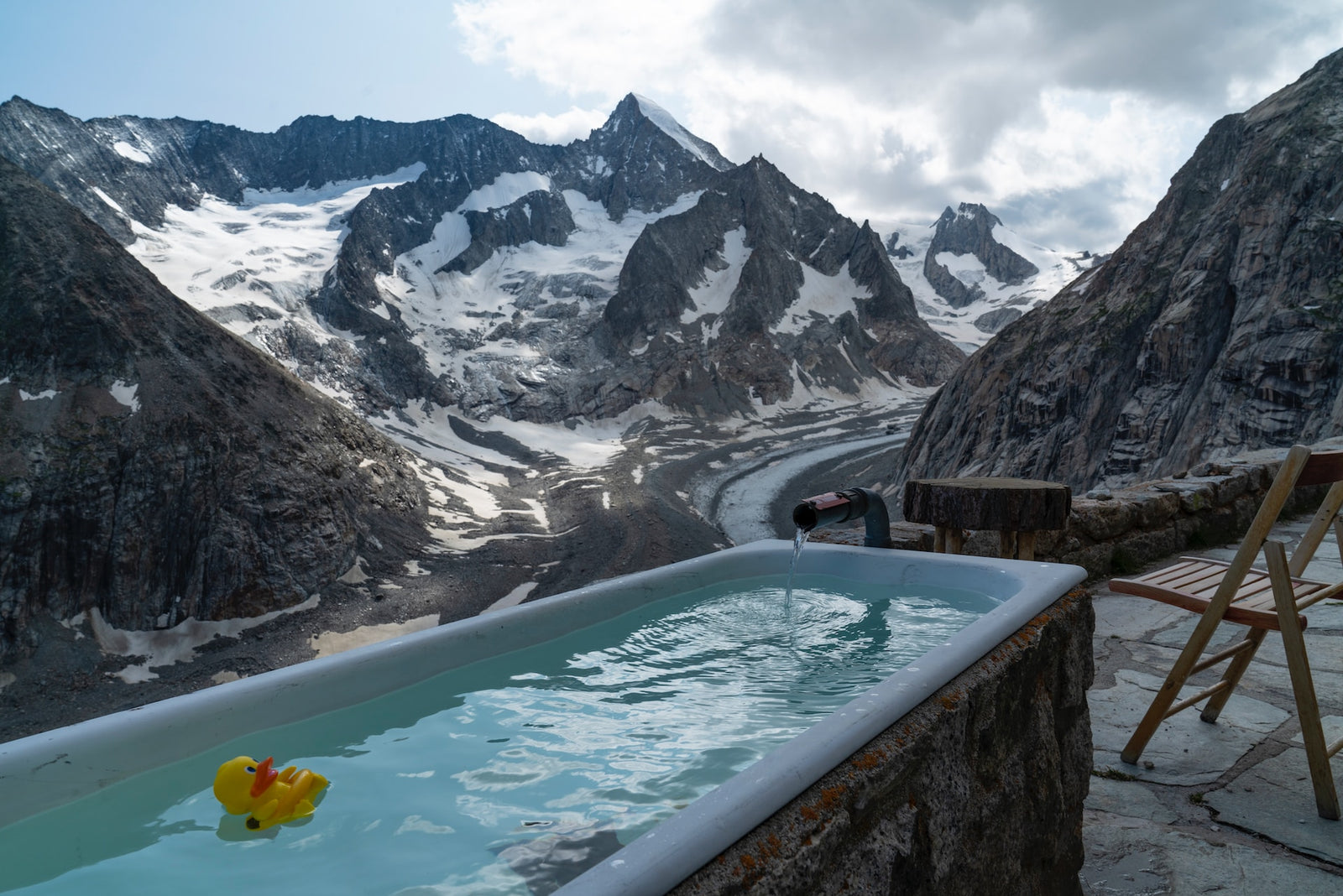No one likes the feeling of overheating at night. Heat is also known to disrupt your REM and slow-wave sleep cycles, leading to grogginess the next day. Thankfully, you can take steps to prevent overheating during sleep to achieve cool, summer rest. For starters, did you know that certain things you choose to consume increase your internal temperature? Spicy foods, caffeine, and alcohol are all known to worsen the feeling of being too hot. Avoid these before bed to beat the heat! Freeze your socks, a water bottle, or a washcloth and apply the icy cold to certain pressure points to bring down your body heat. If freezing things doesn’t sound ideal, try to Egyptian Sleeping Method, which consists of dampening your sheets before bed. Opt for natural, breathable bedding rather than synthetic materials, which trap heat. Resist cuddling with your pet during hot months, as their body heat will increase yours. Finally, try a warm shower or beverage to raise and then rapidly lower your body temperature a few hours before bedtime.


